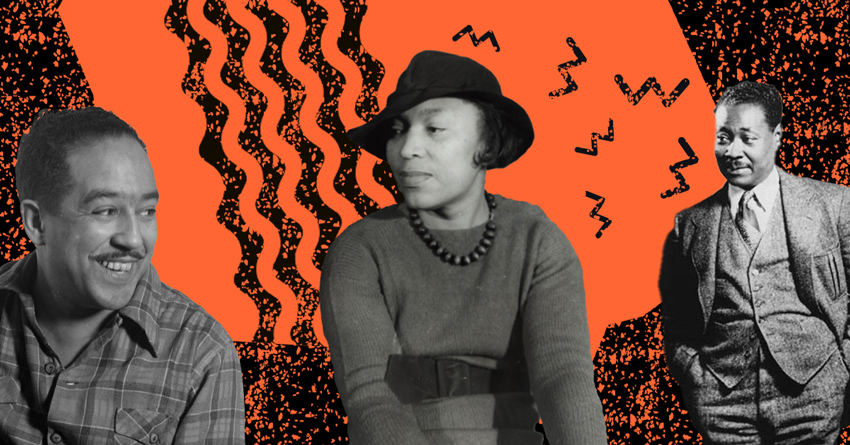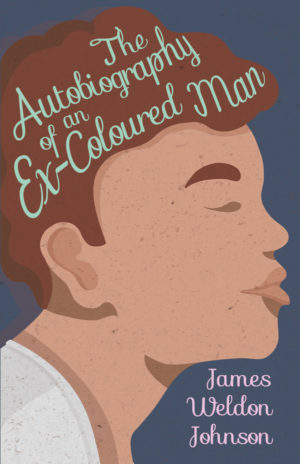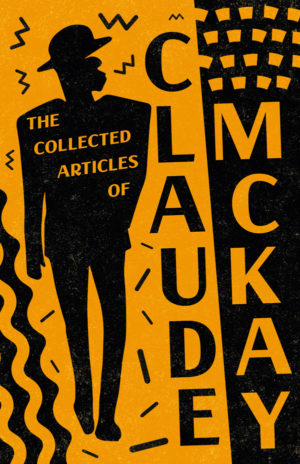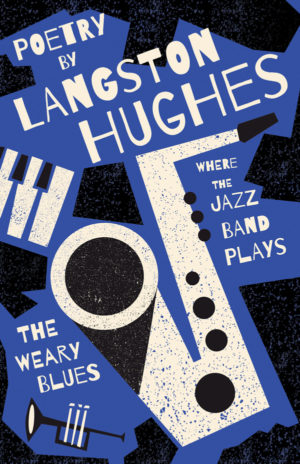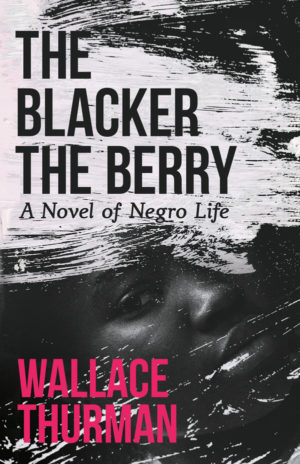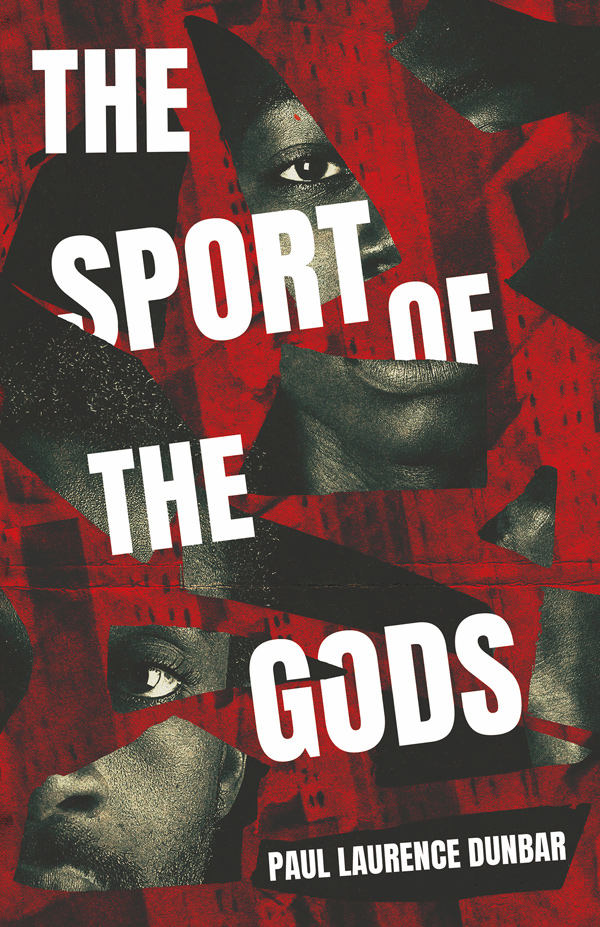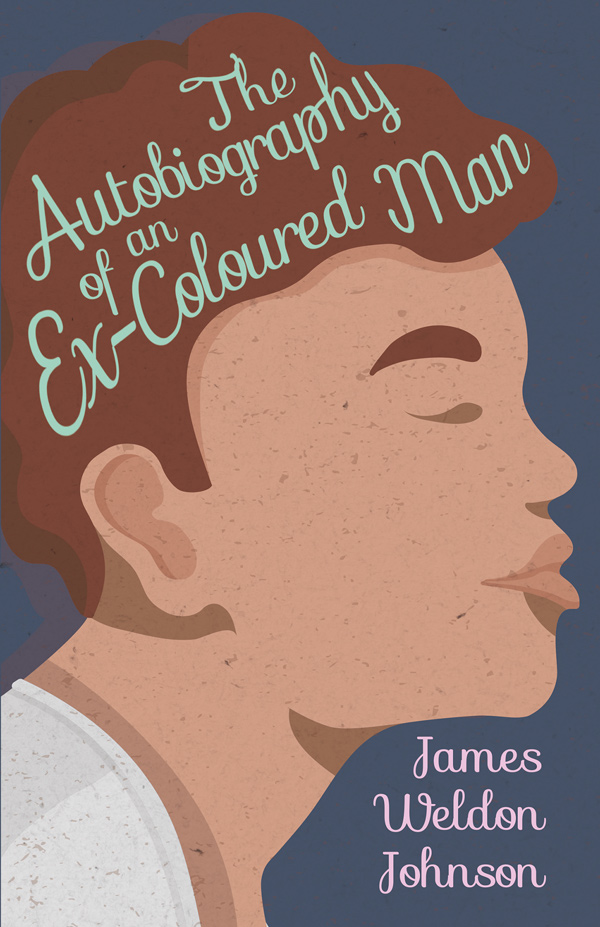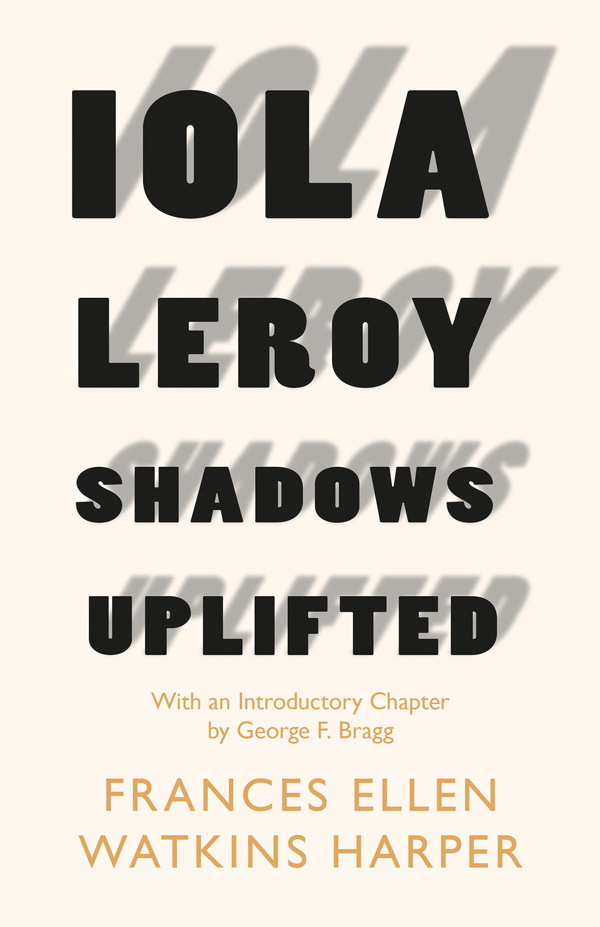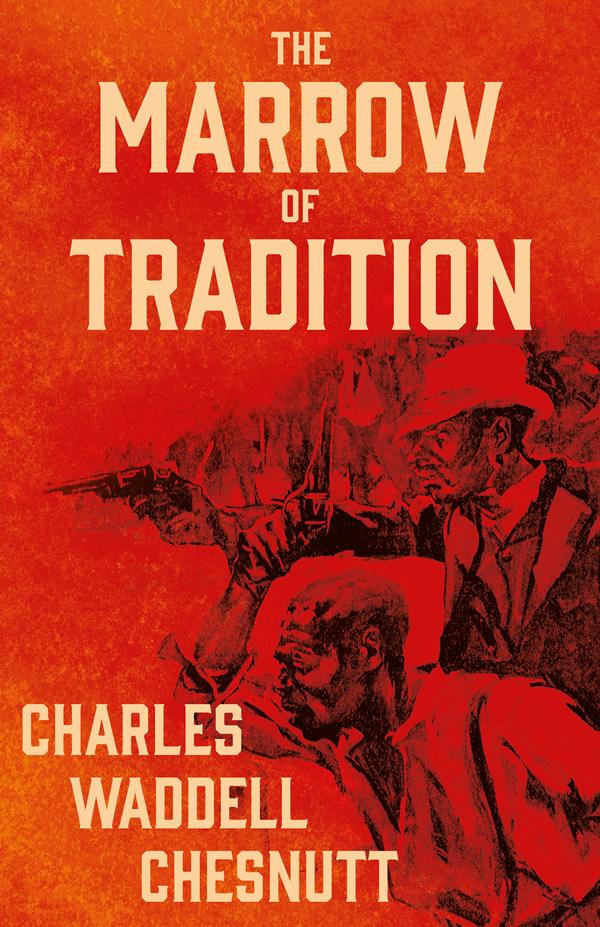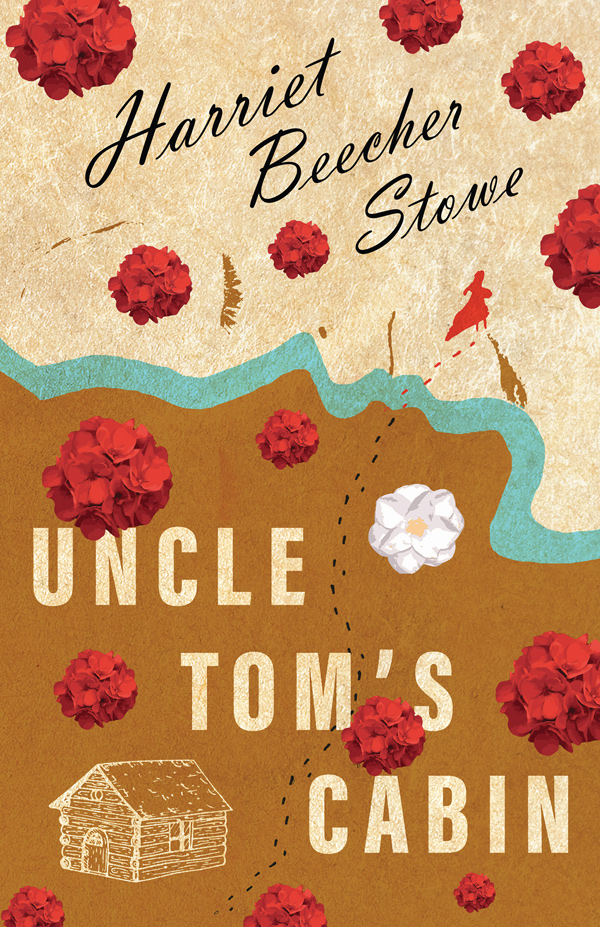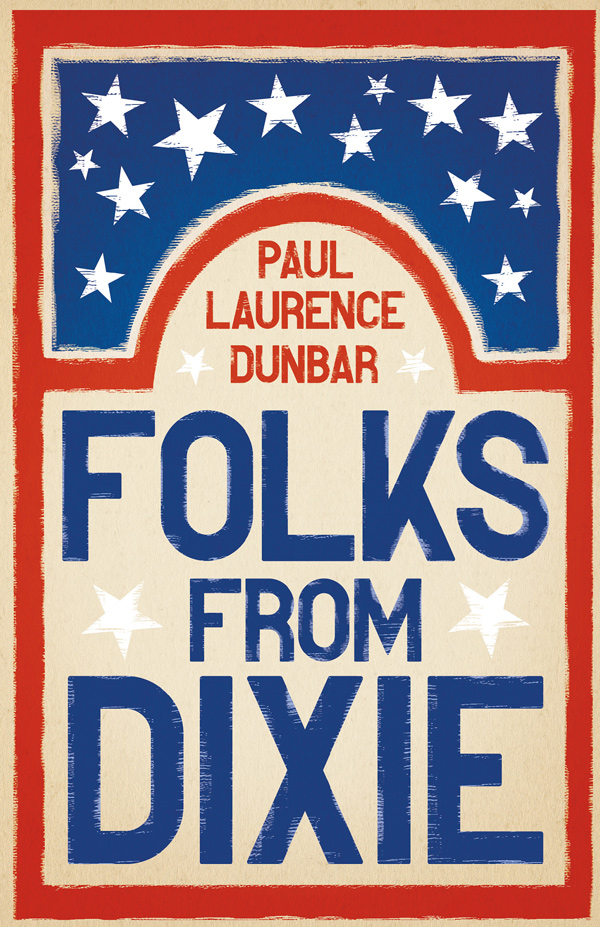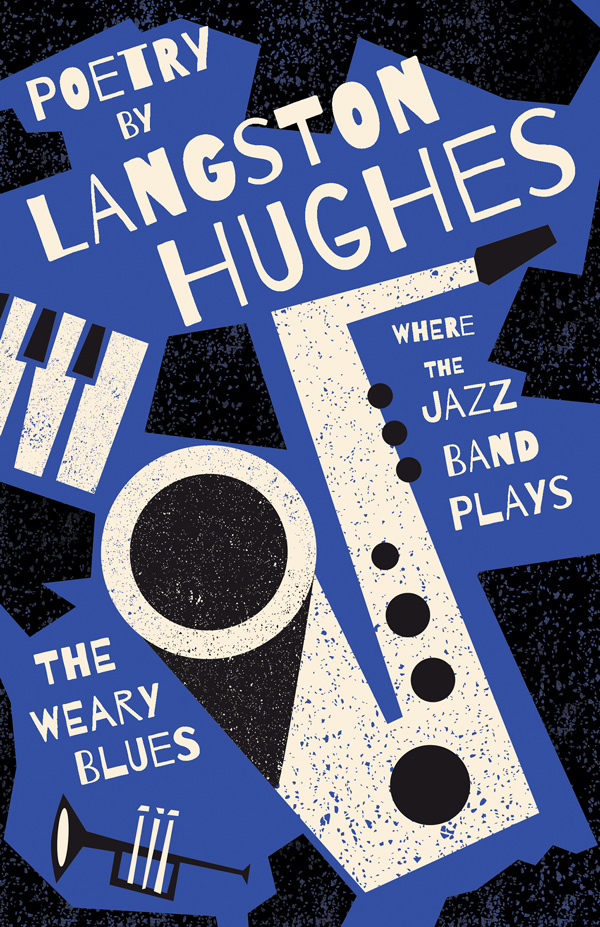Discover a brief history of the preeminent period and the brilliant literary works that placed Harlem on the creative map, acting as catalysts for change that would eventually contribute to the civil rights movement.
Table of Contents
When was the Harlem Renaissance?
The period of the Harlem Renaissance between the 1910s and the 1930s was a hotbed of African American artistic and cultural revival. Coined as “the New Negro Movement” by Alain Locke, it took place in the three square miles of Harlem, New York, in what became the centre of African American artistic opportunity. It was a time and a place that was prominent for Black creatives, becoming an influential microcosm of talent across the fields of art, literature, music, and more.
What started the Harlem Renaissance?
As a consequence of the Great Migration of African Americans from the southern states, Harlem became an area of prolific social and cultural change. The mass internal movement saw people travel north seeking higher-paid work and education opportunities and, most prominently, freedom from Jim Crow laws’ oppression.
The First World War displaced many low-wage European labourers back to their homes, allowing jobs in the bigger cities to be filled by African Americans escaping the racial segregation and prolific lynchings in the American South. While a cultural revolution was also happening across the country in northern cities like Philadelphia and Chicago, the neighbourhood of Harlem in New York was its epicentre. The mounting industrialisation and opportunities brought about by the War drew rural people to the cities, searching for work.
This resulted in growing communities of African Americans in places like Harlem, creating an environment that encouraged a new culture to thrive. A flux of Black-owned businesses brought more people to the neighbourhood, making for a flourishing community of African Americans in the heart of New York City, eager to carve a new future as free people.
The Writers and Poets of the Harlem Renaissance
Many of the leading African American writers of the era lived and worked in Harlem during the 1920s. The likes of Langston Hughes and Zora Neal Hurston, along with their contemporaries like James Weldon Johnson, Countee Cullen, Alice Dunbar Nelson, W.E.B. Du Bois, Nella Larson, Claude McKay, Jean Toomer, Anne Spencer and Angelina Weld Grimké were all prominent writers, artists and thinkers during the time.
Each created work that would go on to establish a new African American identity within the late-modern era, from poetry to essays to novels, all rooted in the unique Black experience. Labelled “the Negro capital of the world” by one of its most prominent literary figures, James Weldon Johnson, the neighbourhood of Harlem was a catalyst for creative talent.
By Harlem Renaissance writer and poet, James Weldon Johnson
Johnson was an American poet, writer, and civil rights activist who moved to the area after serving in the War, arriving at the zenith of the Harlem Renaissance. His work celebrated the power of Black culture. It was steeped in the realities of the African American experience, using a Black vernacular throughout his later works to tackle some of the broader socio-political issues surrounding racial prejudice. His poetic contemporary Claude McKay was another central figure in the movement, shrouding his work’s political angle under poetic gauze. His most famous poem, “If We Must Die”, published in 1919, became a prominent statement against the wave of Black discrimination and lynchings that followed the end of the First World War. The poem spurred a new wave of political awareness and is often seen as a precursor for the liberal work that would follow. His seminal 1922 poetry collection Harlem Shadows spotlighted the difficult lives of African Americans and showcased the revolutionary spirit of the time.
A fantastic collection of McKay’s most influential articles on race and politics.
Encouraged by prolific writer and philosopher Alain Locke, a new wave of young artists utilised the changing societal landscape in the 1920s. They created uncompromising works in their depictions of Black life in an attempt to reclaim an authentic African American identity, one that rejected the degrading and often racist stereotypes attached to their culture.
As a new awareness around African American identity was formed, civil rights groups like the National Association for the Advancement of Coloured People (NAACP) were established, issuing journals that celebrated young writers tackling social and political problems. Journals like The Crisis and Fire!! became beacons of African American creativity and voice, enabling white publishing houses and readers more access to the rich diversity of Black arts.
Harlem Renaissance Music
By the mid-1920s, the American Jazz Age was in full swing. The music produced in Harlem by the likes of Louis Armstrong and Duke Ellington filled the clubs in the city, gaining fashionable status amongst white audiences. Iconic places like the Cotton Club and Small’s Paradise were established to provide Black entertainment to white customers.
Originating in New Orleans, Louisiana, through the enslaved African American communities, the jazz genre was a statement of freedom. It stood for freedom from oppression and white cultural sensibilities, eventually becoming the soundtrack to the hedonistic era, infusing all aspects of society from literature to fashion. Prolific poet Langston Hughes filled his work with the jazz music of his culture, infusing it with the rhythms of ragtime and blues to create a new literary art form – Jazz Poetry. Best known as the figurehead of the Harlem Renaissance, his work inspired that of James Weldon Johnson, whose poems were rich with the same musical rhythm.
The Women of the Harlem Renaissance
The focus on the urban Black experience had shifted exterior perceptions of African Americans from lowly rural folk to one of cosmopolitan sophistication, which consequentially spurred a movement for political change and artistic freedom within their culture.
This ever-developing form of a new Black identity created room for queer culture to appear. Unconventional lifestyles were welcomed in Harlem, with queer culture thriving in the blues scene. While it was still illegal to engage in homosexual acts, much of the culture lived underground in clubs and bars. Prominent figures of the time like Gertrude ‘Ma’ Rainey (later dubbed ‘Mother of Blues’) and author Zora Neal Hurston were romantically linked to other women.
Rainey and her contemporary Gladys Bentley were known to cross-dress, hosting drag nights amongst the safe havens of Harlem. The movement actively challenged gender roles and race issues, embracing feminism and queer culture, placing it far ahead of America at the time.
Celebrating Black Authors of the Past
Explore the history of Black History Month and the author narratives that contributed to culture and society.
READ THE BLOGThe playwright and poet Angelina Weld Grimké paved the way for such freedoms with her early play Rachel. Considered the first show of the movement in 1916, Grimké created a work that attacked the patriarchy at its core. An entirely Black troop performed the three-act-drama, purposefully created for the civil rights group the NAACP. It was a rebuttal against the recently released film The Birth of Nation (1915), which glorified the Ku Klux Klan and portrayed a horrifically racist view of Black people and their role in the American Civil War.
The play narrates the life of an African American family in the northern states after the Great Migration and disregards the common degrading caricatures found in theatre at the time. The titular character challenges the Black stereotype by exploring different reactions to the widespread racial discrimination felt at the time.
Grimké subtly articulated her lesbianism within her works, with some of her later unpublished poems expressing the sexual suppression she felt throughout her life. Rachel, created by a queer Black female author, has come to represent the beginning of the movement, a forerunner for the groundbreaking work that would go on to establish this era as one of the significant political and creative periods in African American history.
Zora Neale Hurston’s tragic 1926 play Color Struck is a thought-provoking commentary on colorism within the Black community.
Following in her wake was Zora Neale Hurston. She became one of the most eminent female authors of the time, penning over fifty works, including novels, short stories, plays and essays, portraying African Americans’ racial struggles in the early 1900s. Tackling contemporary issues in the Black community, her works were published in the prolific African American journal Fire!! established by herself, along with writers such as Wallace Henry Thurman, Countee Cullen, Langston Hughes and artists Aaron Douglass and Richard Bruce Nugent. Together, they explored many controversial issues within the Black community through the voices of younger authors, touching on topics such as homosexuality, promiscuity, prostitution and colour prejudice.
This prosperous time in Harlem ended abruptly with the Wall Street Crash of 1929, promptly followed by the Great Depression.
The Legacy of the Harlem Renaissance
While artists and writers continued to create work, the opportunity wave ceased. However, their work was not in vain. The outstanding contribution to all creative fields laid the foundation for the Black Arts Movement of the 1960s. It brought around new awareness for Black art, one that was considered serious in the elite art world. Artists and writers continued dealing with issues like race and sexuality while exploring the everchanging African American experience. The new Black identity forged in the centre of the movement also caused a rippling effect regarding political justice. A product of the ongoing persecution of Black people across the country and the continued racial segregation laws, the newfound sense of African American independence felt in this period forced a new awareness of civil and political rights, consequently leading to race riots and the monumental Civil Rights Act of 1964.
A moving tale of the hardships faced by African-American post-emancipation.
While this was a pivotal time for African American culture, it was not without its critics. The major cultural reawakening that secured a new and unique identity within the wider American society was brandished by some as an assimilation of dominant white culture rather than an authentically African-American one. Although the socio-political landscape of the time determined the boundaries in which Black people could create a life for themselves, they were criticised for utilising what small freedoms they had to find their voice.
As labelled by Alain Locke, this “spiritual coming of age” saw African American artists and thinkers seize the moment of group expression and carve out a new identity for themselves at the beginning of the twentieth century.
While the movement was not confined to Harlem, the district became well-known as the centre of Black creative talent. A prolific time in American cultural history, the prominent creatives of the Harlem Renaissance created a new world for the generations to follow, establishing a new Black identity and awareness of such in wider society through their often poignant and thought-provoking work.

